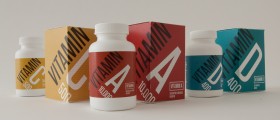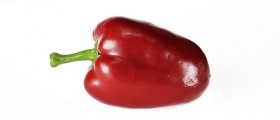And there you go…you’re off opioids. If you notice you’re having trouble sleeping, see if you can get clonidine from a dr (not clonazepam or any other benzo). That helps a lot too.
Loading...
After your last dose of whatever opiate you’re using, wait 4-5 hours and take 15 2mg loperamide. Wait another 2-3 hours and take 5 1000mg vitamins C every 2-3 hours until bedtime. In the morning take 15 2mg of loperamide and again wait 3-4 hours and repeat the vitamin C. 3rd day the same. 4th day last of the loperamide, take 10-2mg and wait 3-4 hours and again repeat the vitamin C. Do not continue the loperamide more than 4 days. Continue the vitamin C for 4 more days then taper down each day. Continue vitamin C 1000mg a day as it is something the body needs. If bad diarrhea occurs use the loperamide only as directed no more. You can also get wd’s from overdoing the loperamide.
This works wonders, I weigh 165 so minor adjustments to the doses may be needed. Do not go over 20 2mg a day. Read up on the dangers of high dosing loperamide please.
Loading...
Loading...
Loading...
Hi, PrettyRazors.
I'm really sorry to hear you're going through this. Detoxing and withdrawal from opioids, including Suboxone (buprenorphine/naloxone), can be challenging. Withdrawal symptoms like the ones you're describing are common when discontinuing opioid medications.
Here are some general suggestions for managing withdrawal symptoms:
-
Tapering: Ideally, discontinuing Suboxone or similar medications should be done through a slow taper under the guidance of a physician. This helps reduce the severity of withdrawal symptoms.
-
Over-the-Counter Meds: Some people find relief from chills and aches with non-prescription pain relievers like acetaminophen (Tylenol) or ibuprofen (Advil). Remember to only use these as directed and ensure they don't interact with any other medications you might be taking.
-
Warm Baths: Soaking in a warm bath can help with muscle aches and pains and can provide temporary relief from chills.
-
Stay Hydrated: Drink plenty of water. Dehydration can exacerbate withdrawal symptoms.
-
Eat Nutritious Foods: Your body is going through a lot. Providing it with a balance of nutrients can help support the recovery process.
-
Comfortable Clothing: Wear soft, breathable clothing. This can help reduce skin sensitivity.
-
Stay Active: Gentle exercise, like walking, can sometimes help alleviate some symptoms of withdrawal.
-
Seek Support: Talk to someone about what you're going through. This can be a friend, family member, or a support group. The emotional and moral support can be invaluable.
-
Clonidine: This is a prescription medication that can sometimes be used off-label to treat opioid withdrawal symptoms, including sweating and chills. Talk to a doctor about this option.
-
Consider Therapy: Behavioral therapies can be effective in supporting individuals through the withdrawal process and helping prevent relapse.
Remember that everyone's body is different, and what works for one person may not work for another. The process is challenging, but with the right support and strategies, many people can successfully manage and overcome these symptoms.
Lastly, relapse is a part of many people's recovery journey. If it happens, it doesn't mean you've failed. It's just a part of the process for some. The most important thing is to keep going and get the help and support you need.
I wish you luck!
Loading...



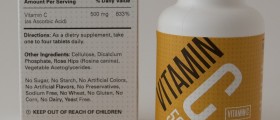

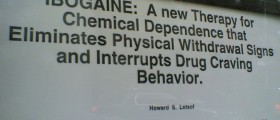

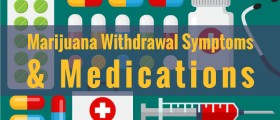


_f_280x120.jpg)
